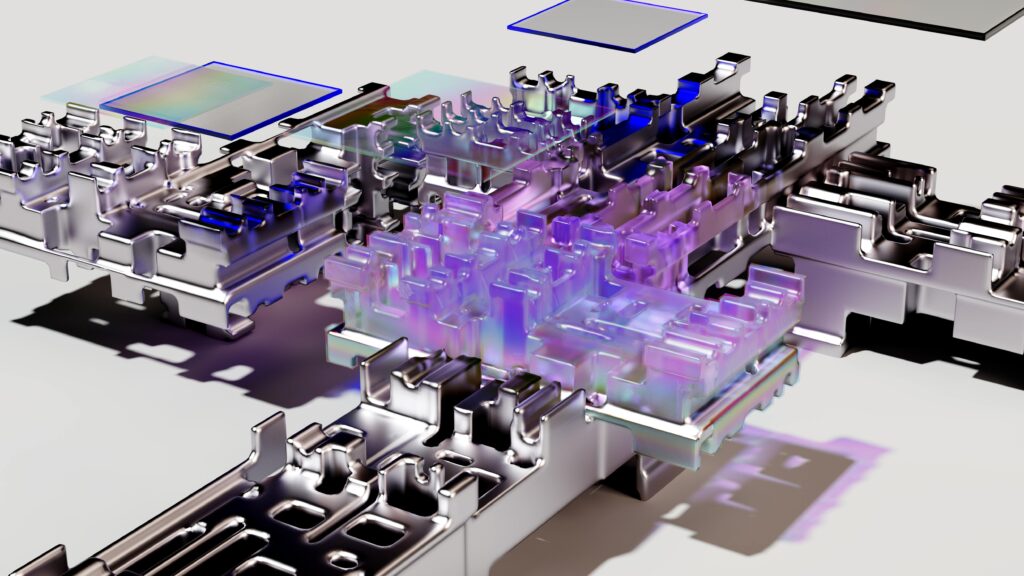The Evolution of Cyber Threats: A New Era of Wi-Fi Hacking
You’re sitting in your office, feeling secure within a network fortified by firewalls, VPNs, and advanced encryption. Across the street, unnoticed, a compromised laptop becomes the launchpad for a sophisticated breach into your network. Russian hacking group APT28 (also known as Fancy Bear) recently introduced this unprecedented “Nearest Neighbor” attack, leveraging vulnerable nearby networks to infiltrate high-value targets.
This tactic represents a seismic shift in cyber-espionage methodology. By breaching an organization near their target and using a daisy-chain of compromised devices, attackers achieved the proximity required for a Wi-Fi breach without leaving their country. This method eliminates the risk of traditional “close access” operations, where hackers needed to be physically near the target, often risking exposure.
Impact on the Telecommunications Industry
The telecommunications sector, a cornerstone of digital infrastructure, finds itself in the crosshairs of this new hacking evolution. Here’s how this impacts the industry:
1. Increased Focus on Wi-Fi Security:
○ Current Landscape: Telcos have traditionally prioritized securing internet-facing services with multi-factor authentication (MFA) and robust encryption. However, Wi-Fi networks, often treated as secondary, now represent a major vulnerability.
○ Response Required: Telecommunications providers must implement tighter controls for Wi-Fi networks, such as requiring MFA or certificate-based authentication, to mitigate risks exposed by this attack.
2. Complexity in Cybersecurity Solutions:
○ Challenge: Telecom operators support vast infrastructures, including corporate networks and consumer Wi-Fi hotspots. Each endpoint represents a potential weak link.
○ Opportunity: Vendors offering network segmentation, real-time monitoring, and AI-driven anomaly detection are poised to fill the gaps in traditional security setups.
3. Regulatory Pressure and Standards Evolution:
○ Governments and industry bodies may demand stricter compliance for Wi-Fi security standards, placing additional burdens on telecom providers. Standards like WPA3 and stricter device authentication protocols are likely to become mandatory.
Customer Engagement: Navigating Complexity in B2B and B2C Settings
With cyberattacks like this on the rise, telecommunications companies face heightened pressure to educate their enterprise and retail customers. Customer engagement strategies should include:
● Educational Campaigns: Simplify cybersecurity topics for consumers while offering in-depth resources for businesses, ensuring both groups understand their vulnerabilities and protective measures.
● Product Differentiation: Highlight secure Wi-Fi offerings and network segmentation features in marketing materials to build consumer confidence.
● Proactive Support: Partner with cybersecurity firms to provide managed security services, helping clients implement the necessary safeguards.
Best Practices for Telecommunication Providers
1. Enhance Wi-Fi Network Segmentation: Separate corporate Wi-Fi from guest and public networks, minimizing lateral movement opportunities for attackers.
2. Implement AI-Driven Monitoring: Leverage machine learning to detect and respond to unusual patterns in real-time, reducing reaction times to breaches.
3. Introduce Robust User Authentication: Upgrade systems to enforce MFA or deploy certificate-based authentication for all devices accessing Wi-Fi networks.
4. Invest in Firmware and Device Updates: Regularly update firmware and ensure IoT devices within networks meet security standards.
What’s Next? The Role of AI in Future Cybersecurity
As threats evolve, AI will play a pivotal role in countering sophisticated tactics like the Nearest Neighbor attack. Predictive models can pre-emptively identify vulnerabilities, while automated responses can isolate compromised devices in seconds.
A Call to Action for the Telecom Industry
APT28’s Nearest Neighbor attack has redefined the cyber threat landscape. For telecommunications providers, this is a wake-up call to reassess the security of their infrastructure, especially Wi-Fi networks. By adopting proactive measures, the industry can safeguard its networks and maintain customer trust in an increasingly interconnected world.
sources
www.wired.com/story/russia-gru-apt28-wifi-daisy-chain-breach/
image: www.darkreading.com/cyberattacks-data-breaches/fancy-bear-nearest-neighbor-attack-wi-fi



